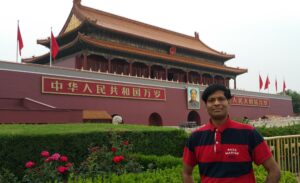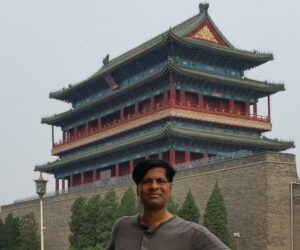
The Ming tombs are a collection of mausoleums built by the emperors of the Ming dynasty of China. The majority of the Ming tombs are located in a cluster near Beijing and collectively known as the Thirteen Tombs of the Ming Dynasty. However, The first Ming emperor’s tomb is located near his capital Nanjing
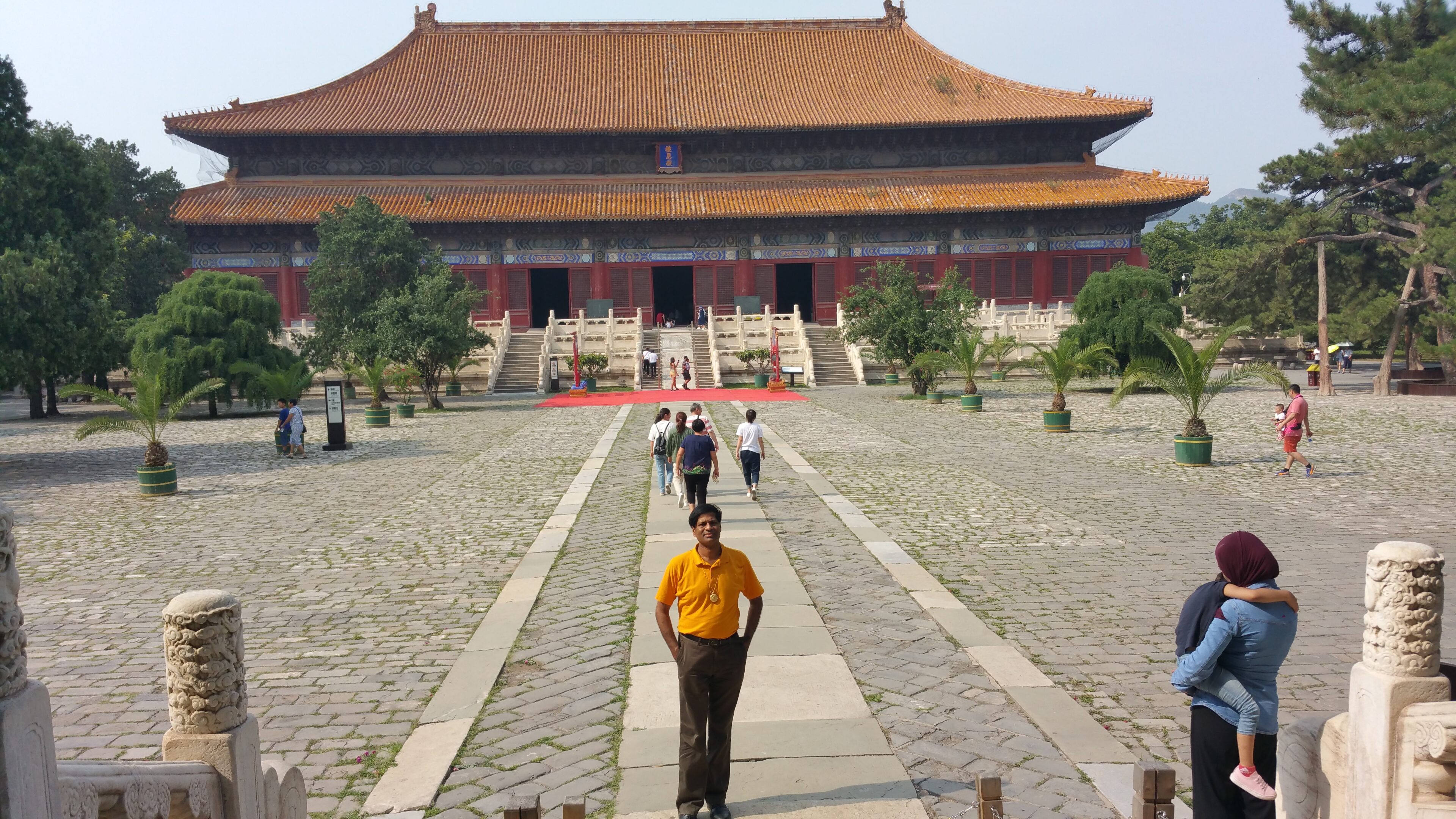
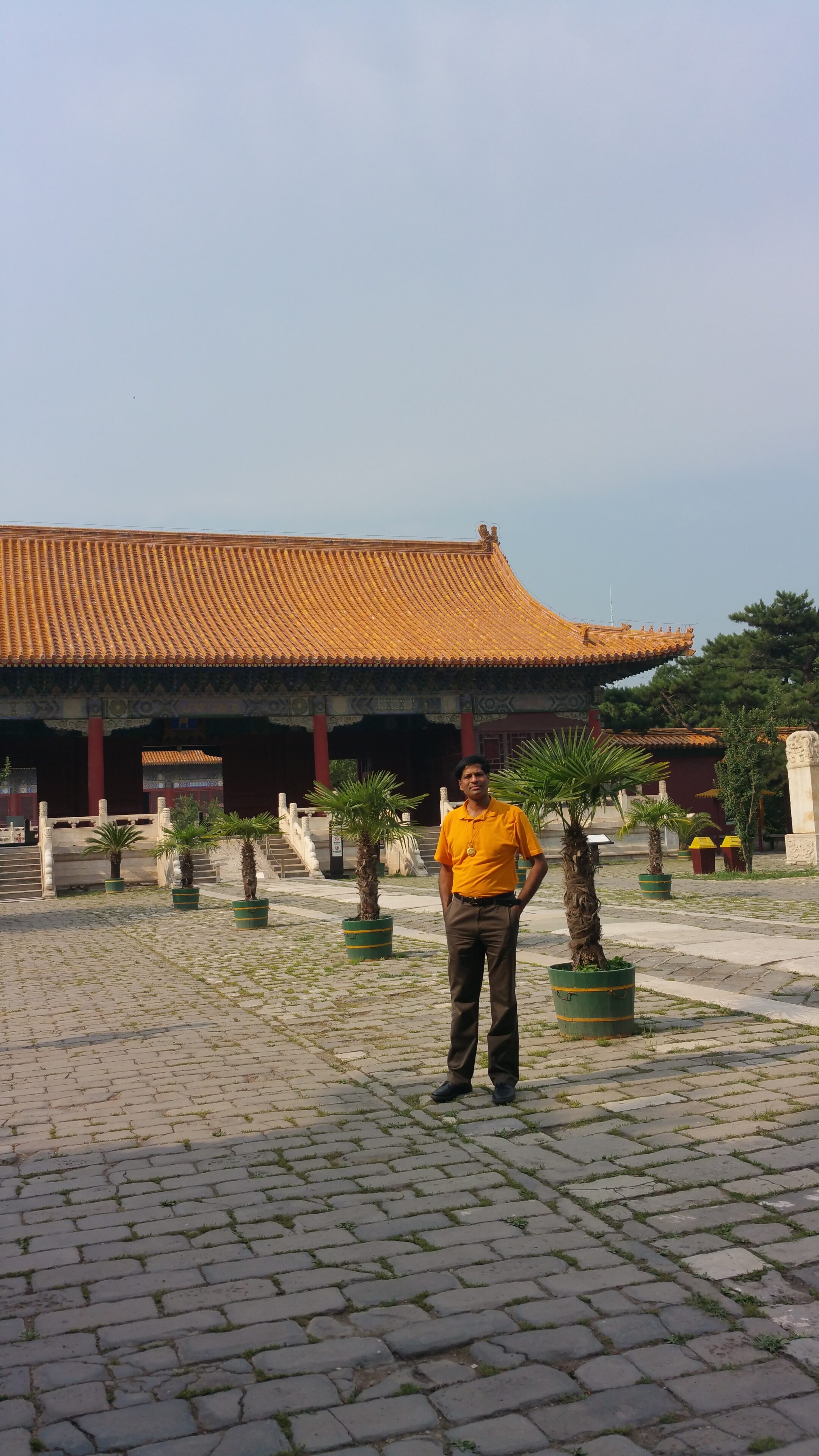
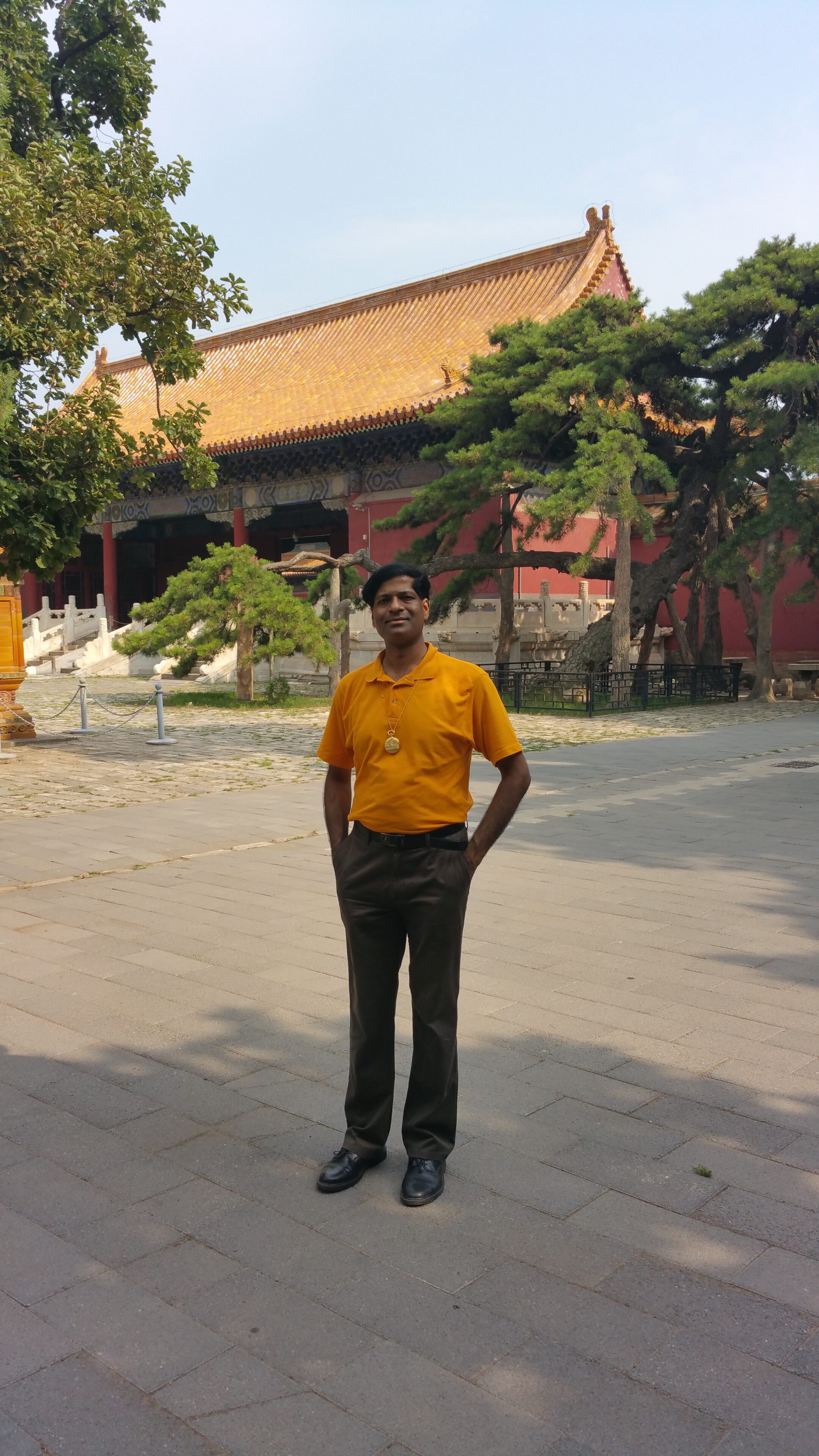
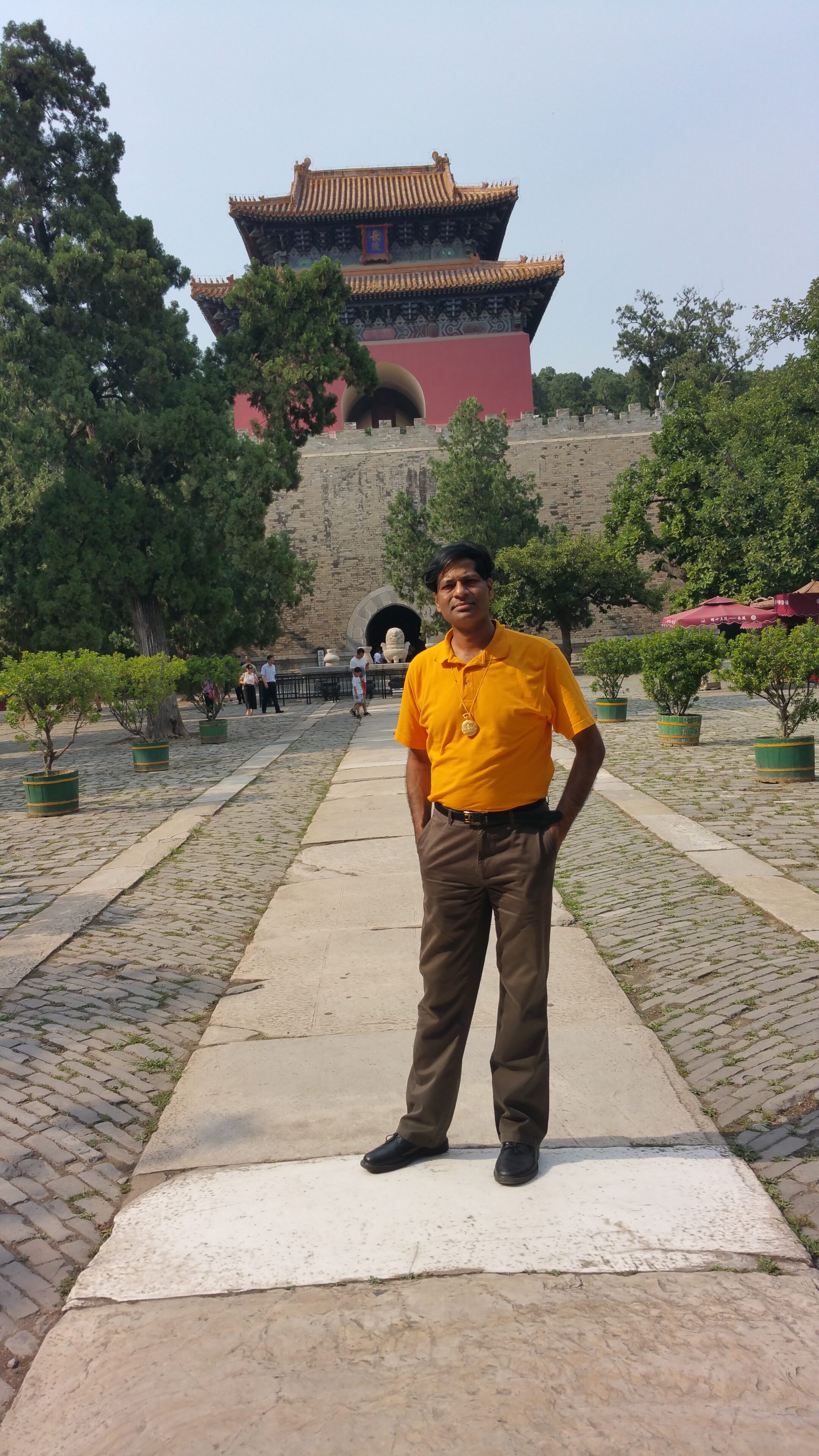
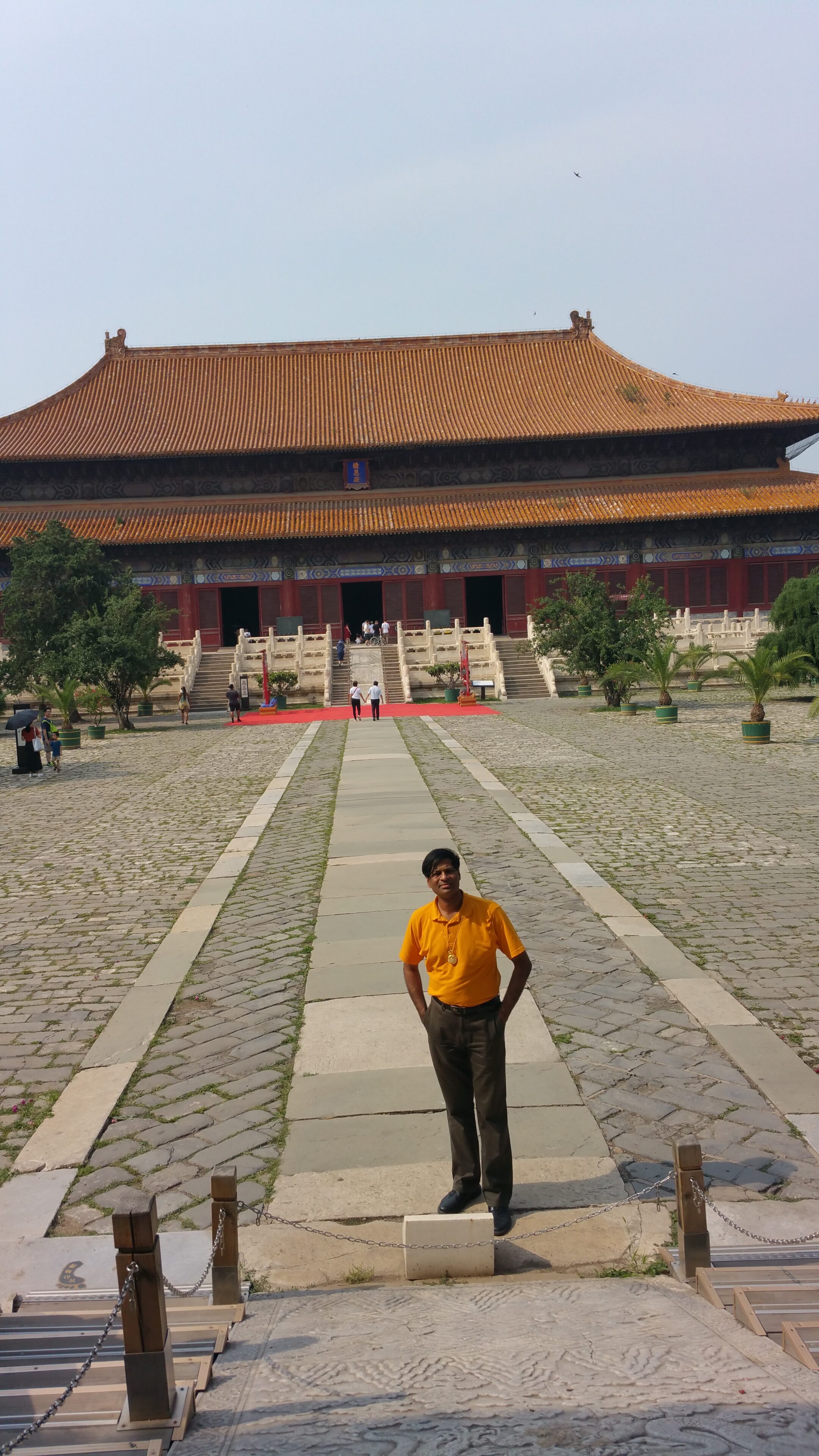

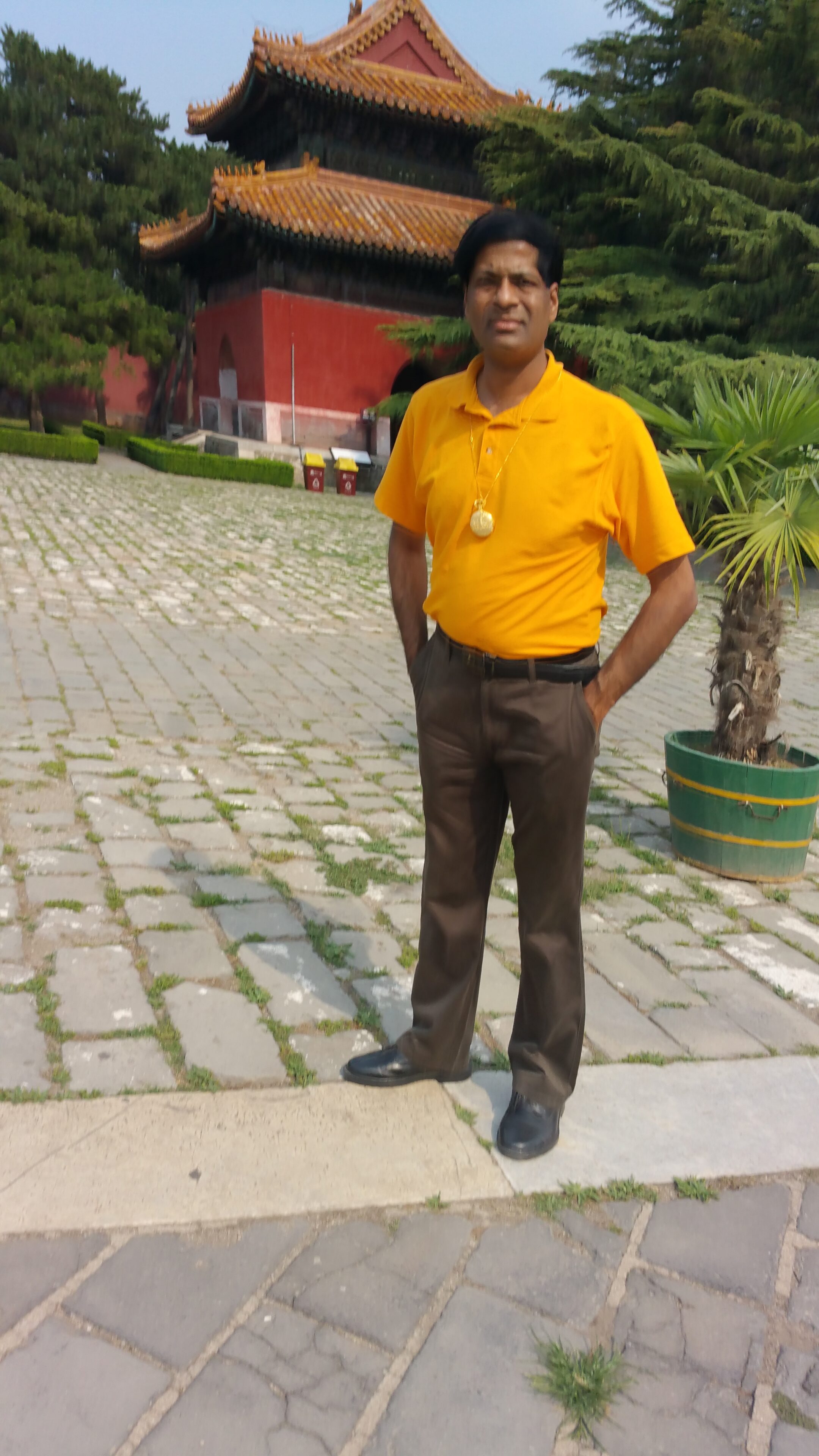
MING TOMBS : UNESCO WORLD HERITAGE SITE
- The site, on the southern slope of Tianshou Mountain (originally Huangtu Mountain), was chosen based on the principles of feng shui by the third Ming emperor, the Yongle Emperor.
- After the construction of the Imperial Palace (Forbidden City) in 1420, the Yongle Emperor selected his burial site and created his own mausoleum
- The subsequent emperors placed their tombs in the same valley
- From the Yongle Emperor onwards, 13 Ming dynasty emperors were buried in the same area
- During the Ming dynasty the tombs were off limits to commoners.
- Presently, the Ming Tombs are designated as one of the components of the World Heritage Site, the Imperial Tombs of the Ming and Qing Dynasties, which also includes a number of other locations near Beijing and in Nanjing, Hebei, Hubei, Liaoning province
LAYOUT
 An overview of the Changling tomb
An overview of the Changling tomb Statue in the Ming Tombs grounds
Statue in the Ming Tombs grounds- The siting of the Ming dynasty imperial tombs was carefully chosen according to Feng Shui (geomancy) principles
- According to these, bad spirits and evil winds descending from the North must be deflected ; therefore, an arc-shaped valley area at the foot of the Jundu Mountains, north of Beijing, was selected
- This 40 square kilometer area—enclosed by the mountains in a pristine, quiet valley full of dark earth, tranquil water and other necessities as per Feng Shui—would become the necropolis of the Ming dynasty
- A 7-kilometer road named the “Spirit Way” leads into the complex, lined with statues of guardian animals and officials, with a front gate consisting of a three-arches, painted red, and called the “Great Red Gate”
- The Spirit Way, or Sacred Way, starts with a huge stone memorial archway lying at the front of the area
- Constructed in 1540, during the Ming dynasty, this archway is one of the biggest stone archways in China today
- Further in, the Shengong Shengde Stele Pavilion can be seen. Inside it, there is a 50-ton stone statue of Bixi carrying a memorial tablet
- Four white marble Huabiao (pillars of glory) are positioned at each corner of the stele pavilion. At the top of each pillar is a mythical beast
- Then come two pillars on each side of the road, whose surfaces are carved with the cloud design, and tops are shaped like a rounded cylinder
- They are of a traditional design and were originally beacons to guide the soul of the deceased, The road leads to 18 pairs of stone statues of mythical animals, which are all sculpted from whole stones and larger than life size, leading to a three-arched gate known as the Dragon and Phoenix Gate
- At present, only three tombs are open to the public
- There have been no excavations since 1989, but plans for new archeological research and further opening of tombs have circulated.
- They can be seen on Google earth: Chang Ling, the largest Ding Ling, whose underground palace has been excavated (40°17′42.43″N 116°12′58.53″E); and Zhao Ling
- The Ming Tombs were listed as a UNESCO World Heritage Site in August 2003
- They were listed along with other tombs under the “Imperial Tombs of the Ming and Qing Dynasties” designation
